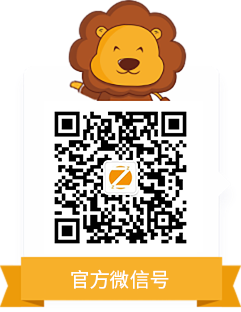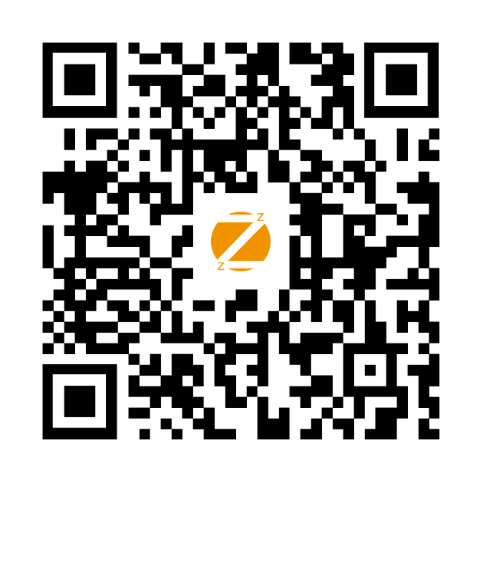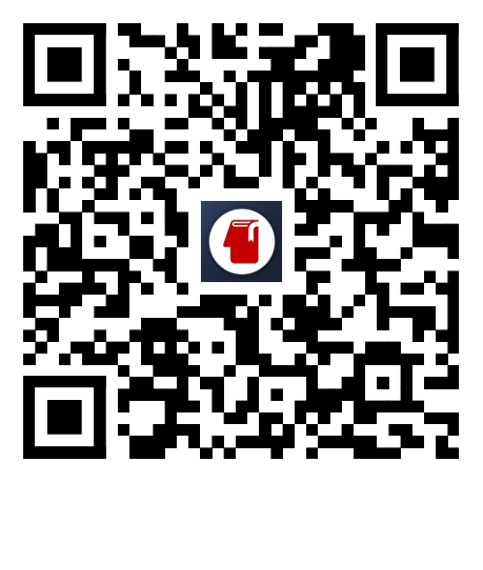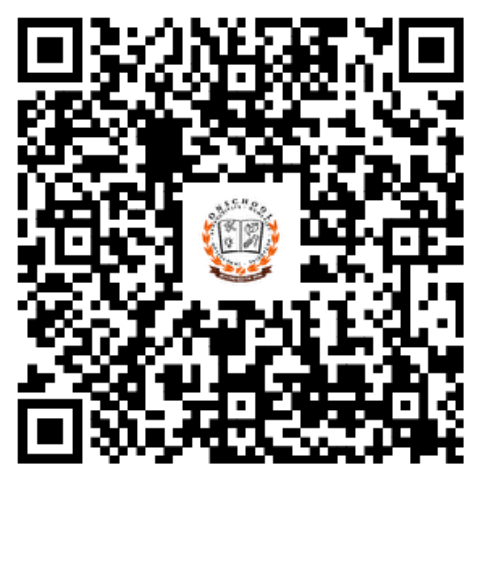杜绝培训内容过量的五大策略
2020-01-09 16:30:46 作者:Steven Boller 浏览次数:457
Product launch cycles are speeding up. Compliance and regulatory requirements are not getting any easier to fulfill. Your organization just implemented a new software tool and employees need to know how to use it. The XYZ process just changed… again. As an L&D leader, you are probably tasked with helping employees respond and adapt in an environment that is constantly shifting. How much training is “enough”? Are you overloading your learners with training?
产品发布周期在加快;遵从性和监管要求丝毫没有变得更为容易地得以满足;你的组织上了一套新的软件工具,因而员工需要知道如何使用它;XYZ流程又再一次改变了。。。。。。作为一个学习与发展的负责人,你可能需要帮助员工去响应并适应这种不断变化的环境。为此,需要多少培训才算“足够”呢?你是否正在让员工的学习变得超负荷呢?
In our Learning & Remembering Survey, first conducted in December 2014, 24% of respondents said that “content overload’ was a huge problem in their organizations. 38% more said that knowledge transfer and retention of content are their biggest challenges. Too many courses are being delivered… and learners cannot keep up with the amount of information being thrown at them. When learners are asked to take too much training, or remember too much content, many negative consequences can occur:
我们第一次开展关于学习与记忆的调研是在2014年12月。调研结果表明,24%的调研对象认为在他们所在的组织中“学习内容过量”已经成为了一个大问题。38%的调研对象说知识的迁移以及对学习内容的保留已然成为了一个巨大挑战。上了太多的培训课程,学习者们已经感到了信息过剩。
当学习者需要上太多的培训,或者需要他们记住太多的内容,许多负面影响则可能会发生:
•The organization is wasting resources on training that is not effective.
•组织将把资源浪费在无效的培训上。
•Learners are not remembering what was trained because too much content is crammed into each session. This leads to poor performance.
•因为“填鸭式”的学习,学习者根本记不住培训当中所学的内容,这反而将导致差强人意的绩效。
•Stakeholders expect results from their investment in training, and they are disappointed when reality does not meet expectations.
•利益攸关方期望从他们的培训投资中看到结果,如果结果并非如他们所愿时则会让他们倍感失望。
•Learners are fatigued by the high volume of compliance training they must complete, and unfortunately there is no way to reduce the number of required topics.
•学习者们已经厌倦了如此大量的合规培训,而且不幸的是还没有任何办法可以减少任何内容。
…The list could go on. In many organizations, large amounts of complex content and technical information may be unavoidable. Fortunately, there are many strategies you can use to reduce the burden on your learners. When used properly, these strategies will also improve the impact training has on your organization.
…类似这样的负面影响不胜枚举。在许多组织中,大量的复杂性内容和技术性培训也许不可避免。但幸运的是,有很多策略可以用来减少学习者的负担。如果使用得当,这些策略也会提高培训对你的组织的影响。
Strategies to Stop Training Content Overload
杜绝培训内容过量的策略/方法
1. Less “tell.” More “do.” Consider ways to turn your content into a series of interactions. Look for ways to involve learners in the content instead of simply presenting it to them.
1.少“说”多“做”。讲述“少考虑如何把你的学习内容变成与学员之间的一系列互动,让学员沉浸于学习内容中去,而不是简单地把内容信息介绍给他们听。
This Hazard Communication course removed the up-front screens with endless information and turned the content into a series of interactions. The course won a 2014 Horizon Interactive award.
这是一个关于风险防范的课程,去除掉了前面那一页屏幕上的冗长信息,而是把内容变成了后一页屏幕所示的交互式学习内容。这门课程还赢得了“2014年度地平线互动奖”。
2. Use a variety of media. When you have lots of information to deliver, doing so in a variety of different formats can lighten the load. When a client needs us to create a course that must include lots of information, we will frequently include animated videos and clickable interactions to break up the content.
2.使用各种多媒体。当你有大量的信息内容需要讲授时,采用多种不同的内容交付方式可以减轻学习负荷。当客户需要我们设计开发一门信息量很大的课程时,我们通常会采用动画视频以及点击互动方式去分解内容。
Short videos can be used to present some of the necessary “tell” content.
短视频可用于呈现一些“应知应会”的内容。
3. Break the learning into small chunks. Research clearly shows that we learn best in small chunks, repeated over time. Leverage learning technologies that allow smaller bites of content to be delivered to learners over a longer period of time instead of creating a single eLearning course.
3.把学习内容“碎片化”。研究表明,人们对于小块内容重复学习则效果最佳。借助新的学习技术手段,我们不再需要制作一整个电子学习课件,而是可以在一个更长的时间周期内将一个个小的学习内容模块讲授给学习者。
Knowledge Guru’s “Quest” game type allows levels to be played in small chunks. Learners can receive email reminders when a new level is available for play.
知识大师的“探索”游戏实战允许小步晋级。当有了新的晋级内容时,学习者们则会收到邮件提醒。
4. Make ILT interactive. Even in our technology-driven world, instructor-led training is still often the right learning solution. You just have to maximize it. In the customer training we created for Roche, we created a robust facilitator guide and participant guide that broke up the day and incorporated lots of coaching and practice opportunities.
4.让讲师为中心的培训变得互动。即便是在当今这样一个科技导向的世界中,讲师为中心的培训仍然是一种正确的学习方式。你只需要把这种学习方式的效用最大化。在给瑞士罗氏制药开发的一门客户培训课程中,我们为其开发了非常到位的讲师手册和学员手册,而且在一整天的培训中穿插了很多的辅导教练和练习机会。
5. Personalize the learning. Don’t underestimate the power of technology to tailor the content learners receive. The customer training curriculum referenced above included an online pre-work module where learners choose their job role and take a course that only includes information relevant to them. Once on-site, Roche trainers use an iPad app to deliver a customized lesson based on customer role and product configuration. These on-site sessions are organized so customers only participate in the portion of training that is relevant to their role.
5.个性化的学习。不要低估了学习技术的应用在个性化学习内容裁剪过程中的作用。前面提到的关于罗氏客户培训的课程,该课程包含一门训前的在线学习课程,学习者选择自己的工作角色并且只需要学习与自身工作相关的学习内容。在面授环节,罗氏的培训师根据客户情况及产品情况,使用iPad的APP软件为其讲授量身定制的学习内容。这些面授内容都是经过精心准备的,因此客户只需要接受与其角色相关的培训内容即可。
This customer training program created for Roche Diagnostics includes a personalized eLearning course and an app that allow instructors to deliver tailored lessons.
这个客户培训项目是为罗氏诊断科设计开发的,该项目包括一个个性化的在线学习课程和一个可以让讲师讲授量身定制课程的APP。













